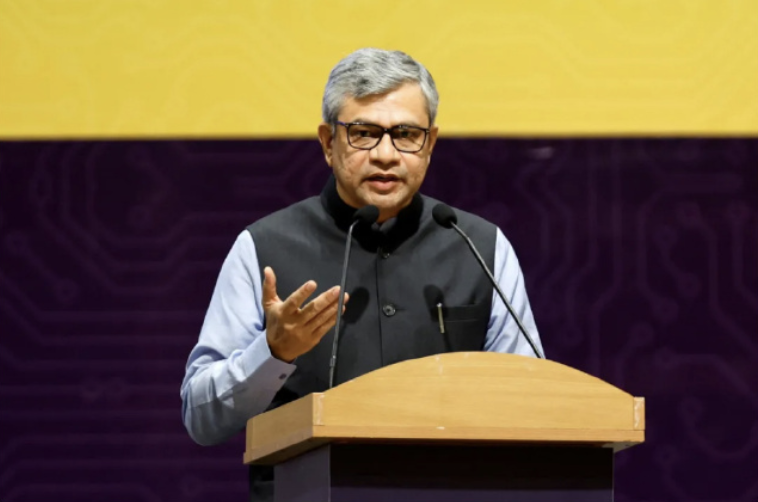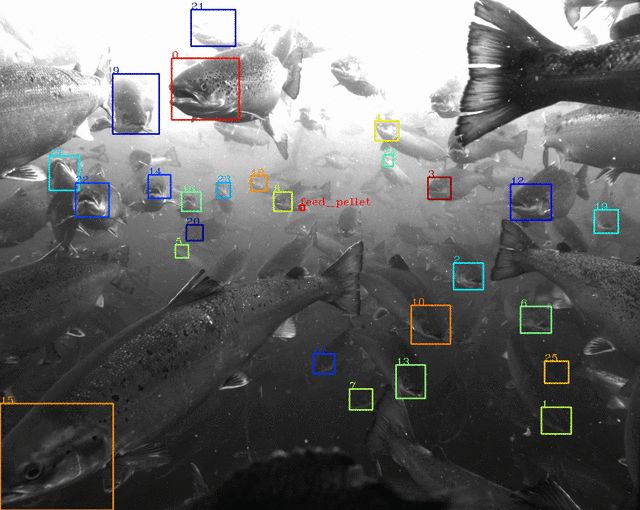India's AI Governance Framework: Balancing Innovation and Data Sovereignty

In January 2025, India’s Ministry of Electronics and Information Technology (MeitY) unveiled its long-awaited National AI Governance Framework, a landmark document designed to regulate artificial intelligence while nurturing domestic innovation and safeguarding data sovereignty. As the world’s most populous digital market—with 850 million internet users and a $150 billion tech sector—the framework positions India as a key voice in global AI rulemaking, rejecting both the EU’s strict risk-based bans and the U.S.’s light-touch approach in favor of a “sovereign innovation” model. For multinational firms like Google and Microsoft, and for India’s 10,000+ AI startups, the guidelines introduce a new playbook for operating in a market where data control and technological growth are no longer seen as opposing goals.
At the framework’s core is a tiered data governance system that classifies AI-relevant data into three categories: “Sensitive,” “Important,” and “General.” Sensitive data—including biometrics, health records, and critical infrastructure data—must be stored exclusively in India, with cross-border transfers permitted only for “exceptional purposes” (e.g., medical research) and subject to MeitY’s prior approval. Important data, such as consumer transaction histories and non-identifiable demographic data, requires local mirroring (a copy stored in India) before transmission abroad. This contrasts with the EU’s broader data localization rules and the U.S.’s emphasis on free data flow, reflecting India’s priority to prevent “data colonialism.” Microsoft India’s immediate response—announcing a two hundred million United States dollars investment in local data centers by 2026—highlights how global firms are adapting to this mandate.

To avoid stifling innovation, the framework includes targeted incentives for AI development. A dedicated “AI India Fund” of fifty billion Indian rupees (approximately six hundred million United States dollars) will support startups working on “societal impact AI”—such as agricultural yield prediction tools and rural healthcare diagnostics. Additionally, qualifying AI firms receive a three-year tax exemption on revenue from indigenous AI products, a move aimed at competing with Singapore’s 17% corporate tax rate for tech companies. These incentives are already bearing fruit: in Q1 2025, Indian AI startups raised one billion United States dollars in funding, a 40% increase from the same period in 2024, with U.S.-based Sequoia Capital and Andreessen Horowitz launching India-focused AI funds.
Risk mitigation remains a priority, particularly for high-stakes AI applications. The framework establishes the AI Regulatory Authority of India (ARAI), tasked with auditing “high-risk” AI systems—including financial fraud detection tools, judicial sentencing algorithms, and autonomous vehicle software—before market launch. These systems must meet transparency requirements (disclosing training data sources) and undergo bias testing, with penalties of up to ten million United States dollars for non-compliance. Notably, low-risk AI (e.g., chatbots for customer service) faces minimal oversight, a pragmatic distinction that reduces red tape for small businesses.
Challenges persist, however. Smaller startups have raised concerns about compliance costs: a 2025 survey by the Indian Software Product Industry Roundtable found that 60% of early-stage AI firms cannot afford the twenty thousand United States dollars average cost of data localization infrastructure. To address this, MeitY launched a “Compliance Subsidy Scheme” in March 2025, covering 50% of localization costs for startups with annual revenue under five million United States dollars. Another hurdle is international alignment: the EU has yet to recognize India’s data protection standards, risking barriers for Indian AI firms seeking to enter the European market. MeitY has begun negotiations on a mutual recognition agreement, with a target of finalization by late 2026.

As MeitY Secretary S. Krishnan noted at the framework’s launch: “Data sovereignty is not about isolation—it’s about ensuring India’s digital growth serves its people first.” For 欧美 audiences, this framework offers a window into how emerging economies are shaping AI governance: not as passive adopters of Western rules, but as architects of systems that balance global innovation with national interests. In a world where AI’s future will be defined by diverse regulatory models, India’s approach may well become a blueprint for other developing nations—proving that data sovereignty and innovation can coexist.
(Writer:Tommy)




